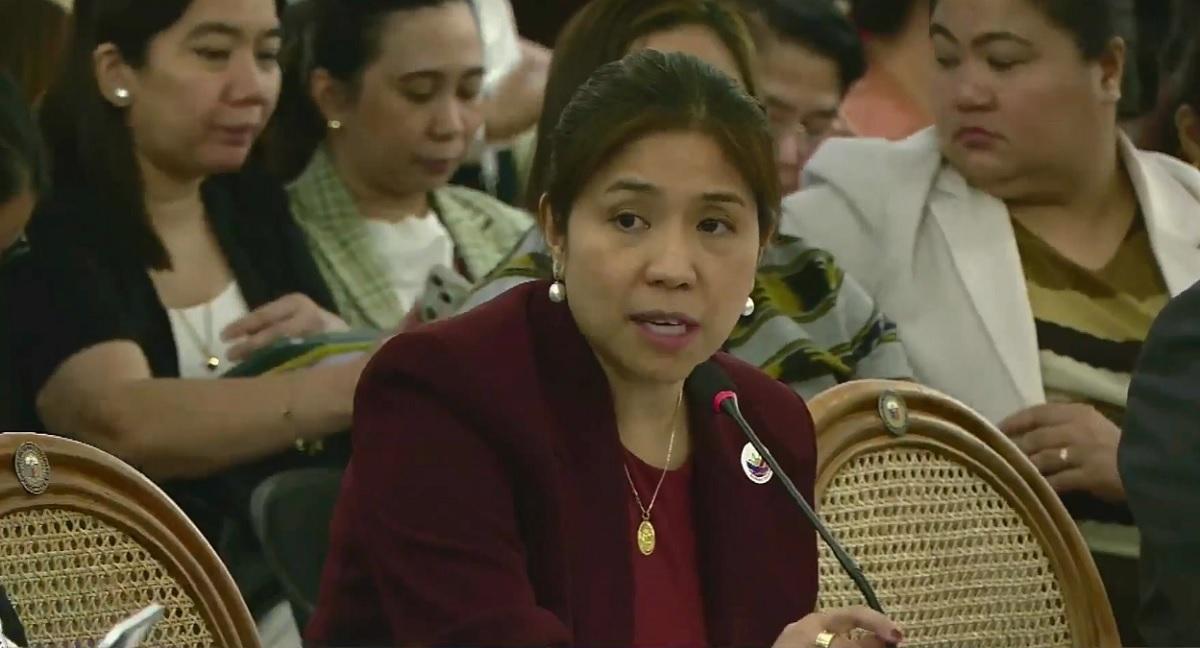Budget Shortfall: Philippines Struggles to Meet International Standards for Education and Healthcare Funding

Philippines Faces Challenges in Meeting Global Education and Healthcare Funding Benchmarks
The Department of Budget and Management (DBM) has acknowledged that the Philippines is currently unable to meet international standards for spending on education and healthcare, despite the proposed P6.793-trillion budget for 2026. While the current allocations for education, social protection, and health programs are considered sub-optimal, the DBM maintains that there are simply no additional resources available to increase funding in these crucial sectors.
This announcement highlights a persistent challenge for the Philippines, which consistently falls short of recommended spending levels for education and healthcare as outlined by international organizations like the World Health Organization (WHO) and UNESCO. These organizations typically advocate for countries to allocate a certain percentage of their GDP to these vital areas to ensure adequate access and quality of services for their citizens.
Why is this a Concern?
The implications of underfunding in education and healthcare are far-reaching. In education, inadequate investment can lead to overcrowded classrooms, lack of resources for teachers, and a decline in the quality of learning. This can hinder the development of a skilled workforce and limit opportunities for future generations. In healthcare, underfunding can result in shortages of medical personnel, limited access to essential medicines and treatments, and a deterioration of healthcare infrastructure. This impacts public health outcomes and increases vulnerability to disease outbreaks.
The Budgetary Constraints
The DBM's explanation points to the current fiscal situation as the primary constraint. The Philippine government faces competing demands for resources, including infrastructure development, debt servicing, and other social programs. Balancing these priorities while striving to meet international standards for education and healthcare proves to be a difficult task. The government is exploring various strategies to maximize the impact of existing resources, such as improving efficiency in program implementation and seeking external funding sources.
Looking Ahead: Potential Solutions
While immediate increases in funding may be limited, there are potential long-term solutions that could help the Philippines bridge the gap. These include:
- Tax Reforms: Implementing more progressive tax policies could generate additional revenue for social spending.
- Economic Growth: Sustained and inclusive economic growth would expand the overall budget pie, allowing for increased allocations to education and healthcare.
- Public-Private Partnerships: Leveraging private sector expertise and investment through PPPs could supplement government funding for healthcare infrastructure and education programs.
- Improved Efficiency: Streamlining government processes and reducing corruption can ensure that existing resources are used more effectively.
The DBM’s statement serves as a wake-up call, emphasizing the need for a comprehensive and sustainable approach to addressing the funding gap in education and healthcare. While the current situation presents challenges, exploring innovative solutions and prioritizing these vital sectors will be crucial for the Philippines' long-term development and the well-being of its citizens.





